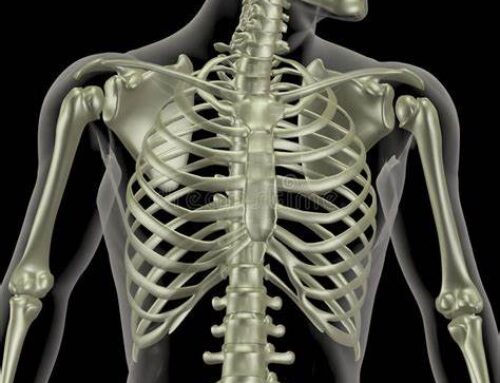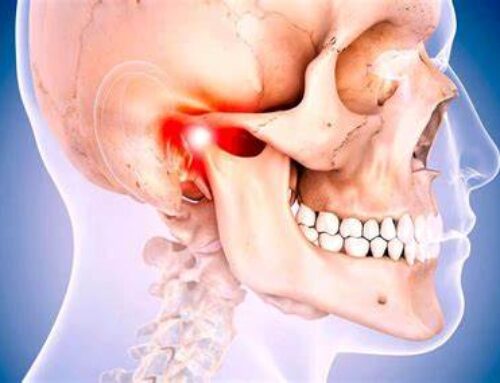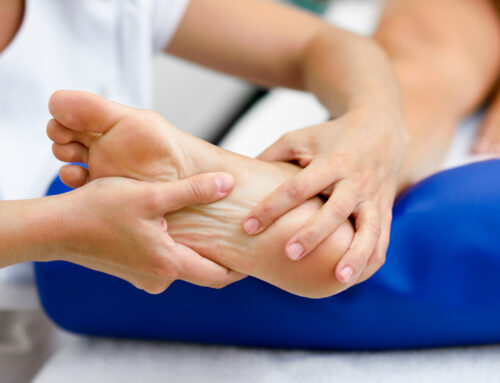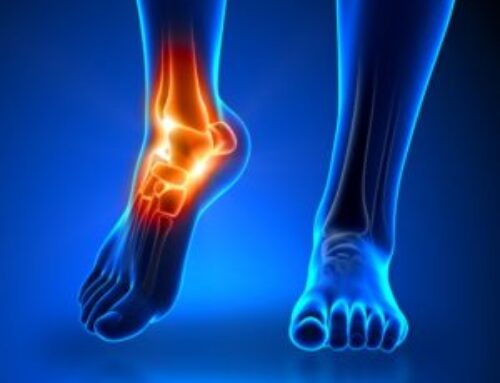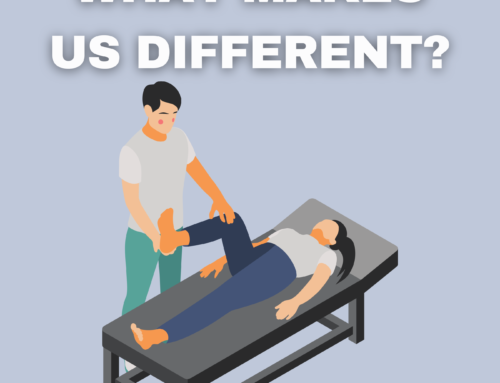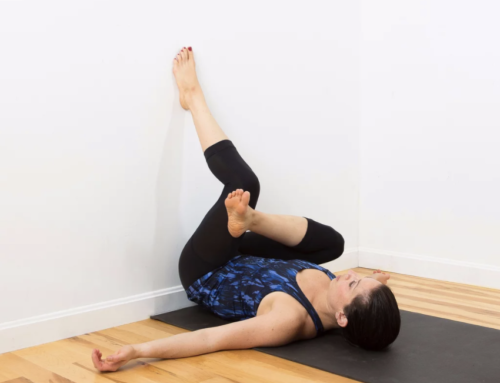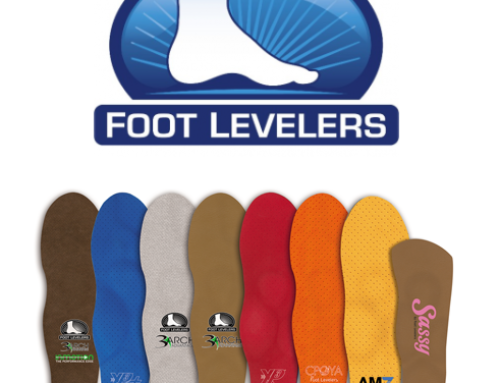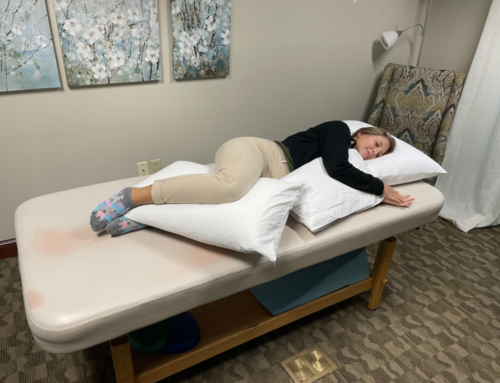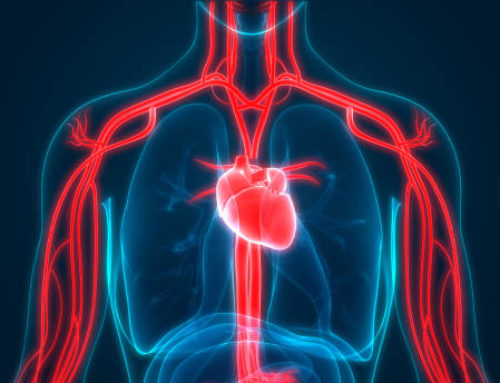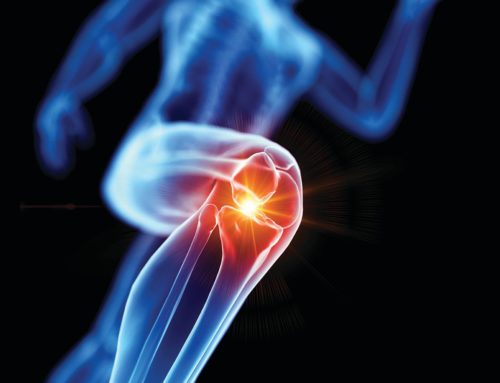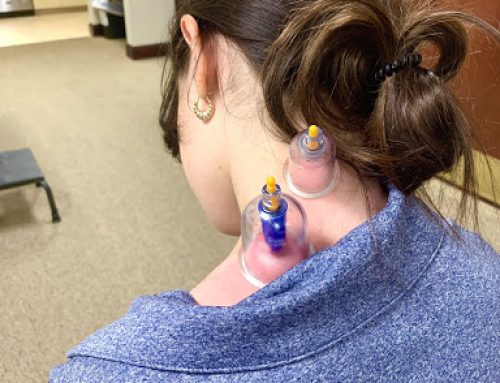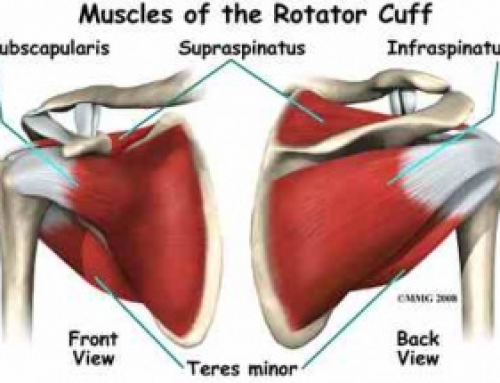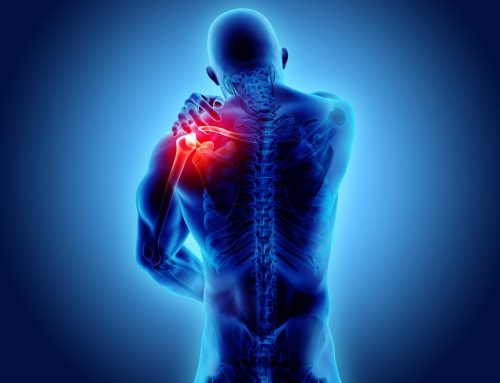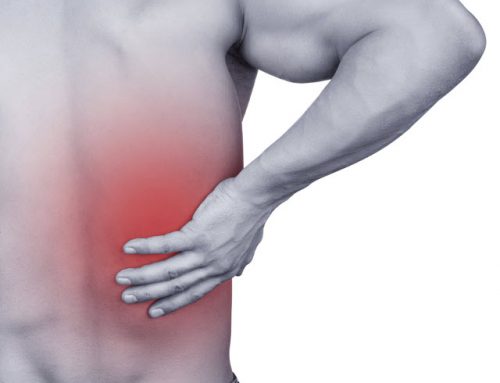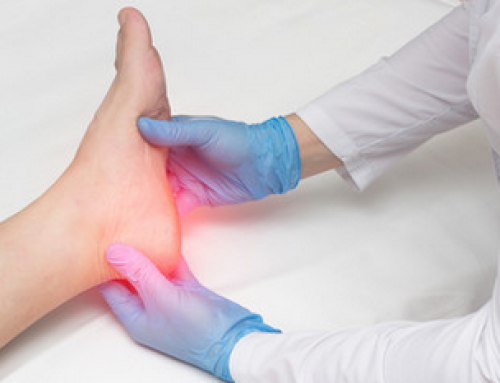Affecting up to 5% of the population, primary/idiopathic adhesive capuslitis (PAC) is more common in women than men and typically occurs during the fourth or fifth decade of life. Roughly 20% of people who have had PAC in one shoulder will develop it in the other shoulder.
Causes of PAC are poorly understood and elusive. The most accepted cause identifies PAC as the result of chronic inflammatory response associated with fibroblastic proliferation. Patients suffer from loss of range of motion and pain that can last in a broad range of time from 1 month to 2 years!
A patient with PAC will usually present with an initial complaint of worsening shoulder pain followed by loss in range of motion. Clinical phases of PAC have been staged as followed:
| Symptoms for | Key signs | |
| Stage 1: Freezing | 3-9 months | Symptoms of worsening pain (especially at night) and loss of active and passive range of motion WITHOUT degenerative changes on X-ray* |
| Stage 2: Frozen | 9-15 months | Stiffness MOST limiting factor in ROM
Motion is greatly reduced with pain less severe towards end of the stage. |
| Stage 3: Thawing | 15-24 months | Progressive improvement of ROM and significant decrease in severity of pain |
*Hallmark of physical examination
A recent systematic review (the highest level of evidenced-based research) evaluated the current literature for efficacy of isolated joint mobilization techniques in patients with PAC of the shoulder. Noten et al. concluded that mobilization techniques have beneficial effects for treatment of patients with PAC.
At JGPT Beaches, our physical therapists are skilled in functional mobilization techniques and knowledgeable of how to integrate effective interventions for shortening the duration of the condition and can provide short-term benefit in reducing severity of pain. Do not wait to defrost a frozen shoulder and educate yourself on how manual physical therapy can successfully restore shoulder function, reduce pain, and avoid surgical intervention.




